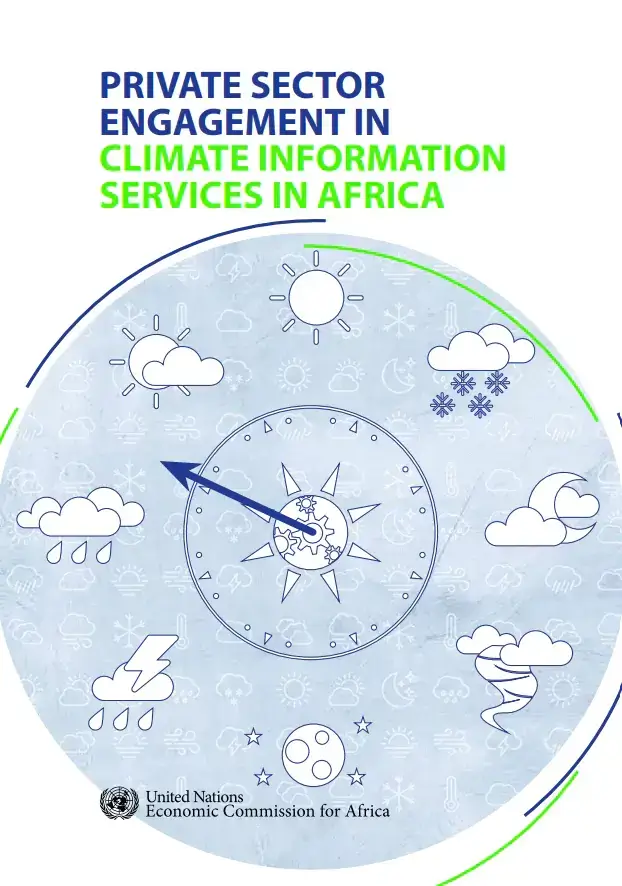Climate Information In Africa, services are the activities that deal with the generation and provision of climatic information to a range of users to support climate-resilient development and inform climate-related decision-making and climate-smart policy and planning. They involve the acquisition, processing, packaging and delivery of weather and climate variables such as temperature, rainfall, wind, soil moisture, ocean conditions and extreme weather indicators. The Economic Commission for Africa (ECA), defines
these services as the packaging and dissemination of climate information to specific users (Kadi and others, 2011). For the European Commission, they are the transformation of climate-related data and
other relevant information into customized products such as projections, trends, economic analysis,
counselling on best practices and the development and evaluation of solutions and any other service
about climate that may be used for the benefit of the society at large (European Commission, 2015). about climate that may be used for the benefit of the society at large (European Commission, 2015).
Climatic services involve the generation, provision and contextualization of information and knowledge
derived from climatic research for decision-making at all levels of society (Vaughan and Dessai, 2014).
They can describe historical, current and future weather and climate conditions and may entail future
predictions on daily, monthly, seasonal or decadal timescales and projections at multidecadal and
centennial scales (WMO, 2014).

★★★★★
1.2k views1.1k likes👍 Like
★★★★★★
